How to Address the Specific Challenges in Printing Inspection Systems
Table of Contents
The need for precise, reliable, and efficient printing inspection systems is critical across multiple industries. However, each industry presents unique challenges that must be addressed to maintain the integrity and accuracy of printed products. This article explores the specific challenges faced by different industries in implementing printing inspection systems and the solutions that help overcome these obstacles.
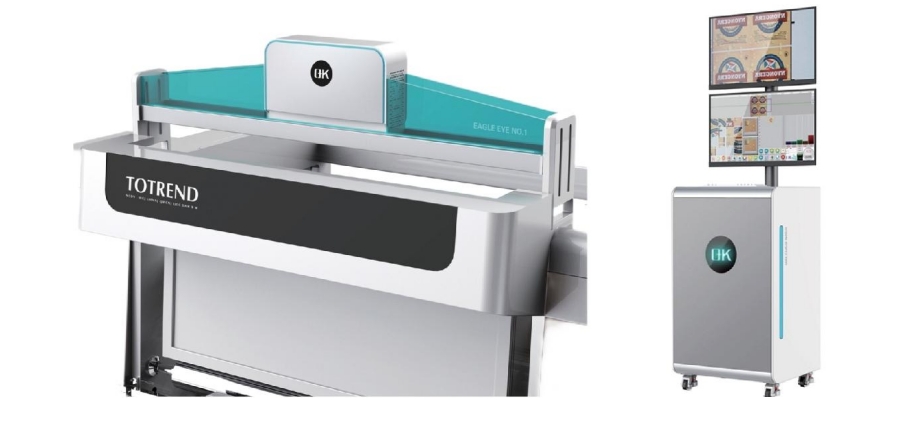
What are Printing Inspection Systems
Here’s a chart summarizing the key aspects of Printing Inspection Systems.
| Aspect | Description |
| Definition | Systems designed to automatically inspect and ensure the quality of printed materials by detecting defects and inconsistencies. |
| Key Components | – Cameras/Scanners: Capture high-resolution images of printed materials. |
| – Lighting Systems: Ensure proper illumination for accurate inspection. | |
| – Software Algorithms: Analyze images for defects such as color variations, misalignment, and missing elements. | |
| – Sensors: Detect physical inconsistencies in substrates. | |
| Types of Defects Detected | – Color Inconsistency: Variations in color accuracy. |
| – Misalignment: Incorrect positioning of printed elements. | |
| – Missing Prints: Incomplete or missing sections of a print. | |
| – Surface Defects: Scratches, smudges, or other physical flaws. | |
| Industries Using Systems | – Packaging: Ensures packaging quality and brand consistency. |
| – Pharmaceuticals: Verifies critical information like dosage and expiration dates. | |
| – Textiles: Maintains quality in fabric printing. | |
| – Food & Beverage: Ensures accurate labeling and hygiene compliance. | |
| – Security Printing: Prevents counterfeiting in banknotes, passports, etc. | |
| Technologies Involved | – Optical Character Recognition (OCR): Reads and verifies printed text. |
| – Artificial Intelligence (AI): Improves defect detection through machine learning. | |
| – Multi-Sensor Systems: Combines optical, UV, and infrared sensors for comprehensive inspection. | |
| Benefits | – Increased Accuracy: Reduces human error in quality control. |
| – Efficiency: Speeds up the inspection process, even at high production speeds. | |
| – Regulatory Compliance: Ensures that printed materials meet industry standards. |
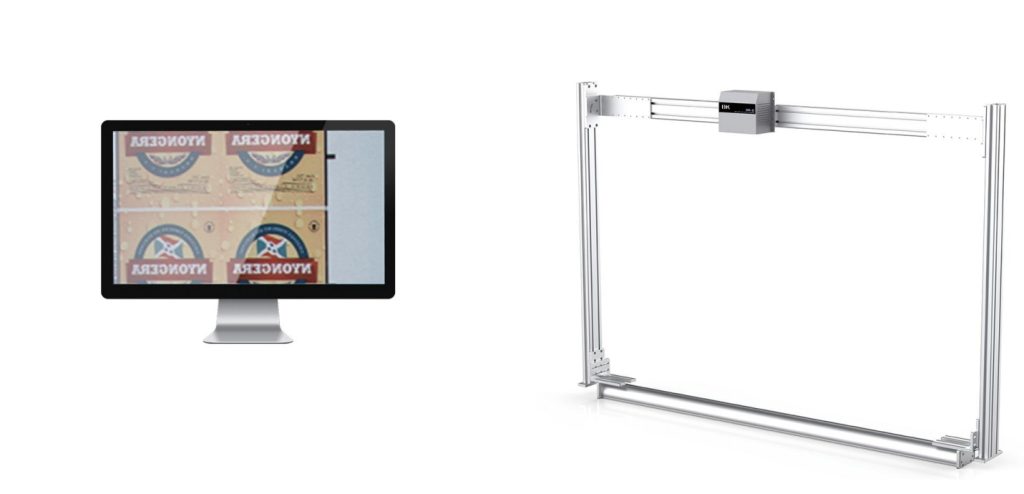
The Specific Challenges faced by Different Industries in Implementing Printing Inspection Systems
1. Packaging Industry: Ensuring Consistency and Precision
The packaging industry is perhaps the most demanding when it comes to printing quality. Packaging not only protects the product but also communicates the brand’s identity and information to the consumer. The key challenges in this industry include:
- High-Speed Production: Modern packaging lines operate at incredibly high speeds, making real-time quality inspection challenging. The inspection systems must detect defects such as color variations, misalignment, and missing prints without slowing down production.
- Varied Substrates: Packaging materials can range from cardboard to flexible plastics, each with unique surface properties. Inspection systems must be adaptable to different substrates while maintaining accuracy.
- Complex Designs: Packaging often features intricate designs, barcodes, and small text. Ensuring that these elements are printed with precision and clarity requires advanced inspection technologies.
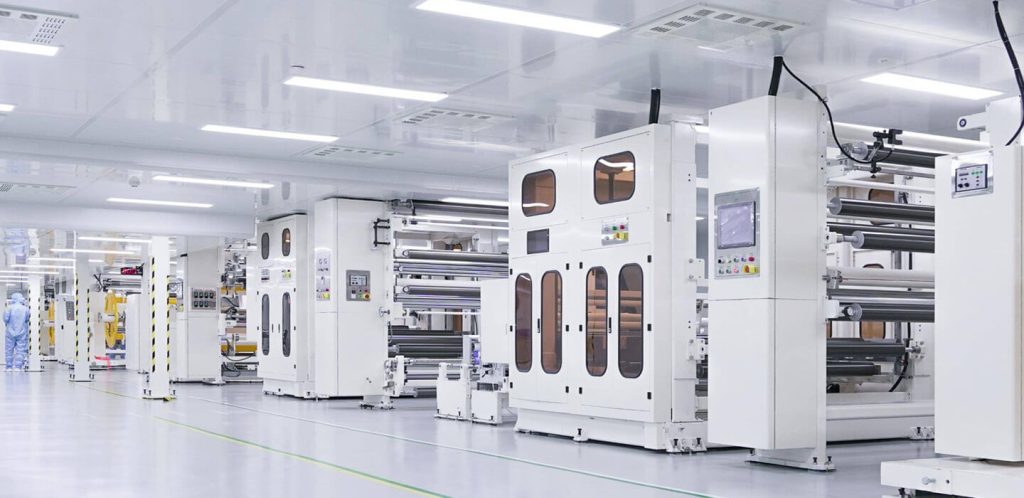
Solution: To address these challenges, advanced inspection systems that utilize machine learning and AI can be employed. These systems can learn from previous inspections and improve their accuracy over time, even at high speeds. Additionally, integrating multi-sensor technology can help adapt to different substrates, ensuring consistent inspection across various materials.
2. Pharmaceutical Industry: Regulatory Compliance and Traceability
The pharmaceutical industry faces unique challenges in printing quality inspection due to strict regulatory requirements and the need for traceability. Printed information on packaging and labels must be accurate, legible, and tamper-evident.
- Regulatory Compliance: Regulatory bodies mandate that pharmaceutical packaging and labels meet specific standards. This includes the accurate printing of dosage information, expiration dates, and batch numbers.
- Counterfeiting: The pharmaceutical industry is prone to counterfeiting, making it crucial to have secure and verifiable printing processes. Inspection systems must detect any deviations that could indicate tampering.
- Small Print and High Contrast: Pharmaceutical packaging often includes small print and high-contrast elements, such as QR codes and serial numbers. Inspection systems must ensure these elements are readable and accurate.
Solution: Implementing high-resolution cameras and optical character recognition (OCR) technology in inspection systems can help meet regulatory requirements. Additionally, integrating blockchain technology with inspection systems can enhance traceability and combat counterfeiting by providing a secure and transparent record of the printing process.
3. Textile Industry: Handling Variability in Fabric Printing
In the textile industry, printing quality inspection is critical for maintaining the aesthetic appeal and durability of fabrics. However, the industry faces several challenges due to the variability in fabric materials and printing processes.
- Fabric Variability: Different fabrics have varying textures, colors, and absorption rates, making it difficult to maintain consistent print quality. Inspection systems must account for these variations to detect defects such as color bleeding, misalignment, and incomplete prints.
- Large Print Areas: Textile printing often involves large print areas, which increases the likelihood of defects. Inspection systems must be capable of scanning large surfaces without missing any details.
- Complex Patterns: Fabrics often feature complex patterns that can be challenging to inspect. The system must distinguish between intentional design elements and actual defects.
Solution: Advanced vision systems equipped with pattern recognition capabilities can address these challenges by distinguishing between design variations and defects. Additionally, adaptive lighting solutions can help in inspecting fabrics with varying textures and colors, ensuring consistent quality across different materials.
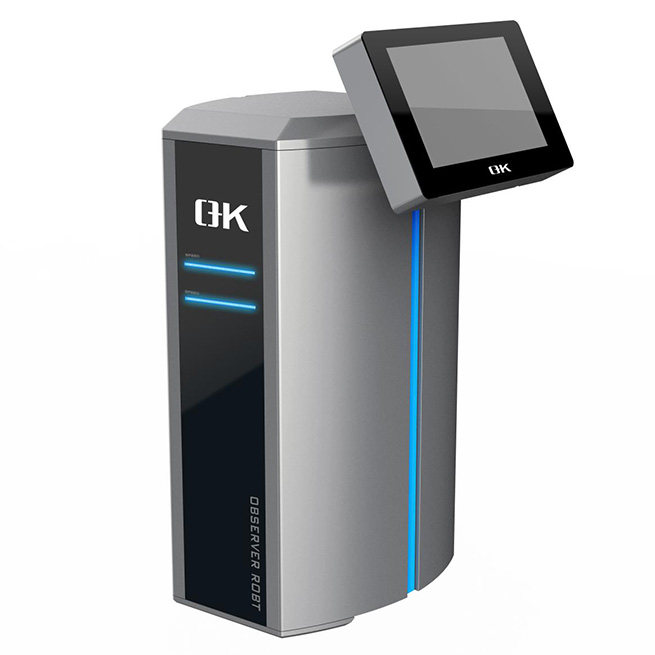
4. Security Printing Industry: Safeguarding Against Fraud
Security printing, which includes printing banknotes, passports, and other secure documents, requires the highest level of precision and security. The challenges in this industry are primarily related to safeguarding against fraud and ensuring the authenticity of printed materials.
- Anti-Counterfeiting Measures: Security printing involves various anti-counterfeiting measures, such as holograms, microtext, and UV-sensitive inks. Inspection systems must verify these features to ensure the document’s authenticity.
- Complex and Diverse Features: Security documents include a wide range of security features, making it challenging for inspection systems to accurately detect and verify all elements.
- Strict Compliance Standards: Regulatory bodies impose strict standards on security printing, requiring inspection systems to meet high accuracy and reliability standards.
Solution: Implementing multi-layer inspection systems that combine optical, UV, and infrared imaging can enhance the detection of security features. Additionally, incorporating AI-driven pattern recognition can improve the accuracy of inspections, ensuring compliance with strict standards.
5. Food and Beverage Industry: Hygiene and Safety Concerns
The food and beverage industry relies on printing for packaging labels that provide essential information to consumers. The industry’s primary challenges are related to hygiene, safety, and regulatory compliance.
- Hygiene Standards: Printing systems must adhere to strict hygiene standards to prevent contamination. Inspection systems need to operate in sterile environments without compromising quality.
- Shelf-Life Information: Accurate printing of expiration dates and batch numbers is crucial for food safety. Inspection systems must ensure that this information is legible and correct.
- Flexible Packaging: The industry often uses flexible packaging, which can be challenging to inspect due to its varying shapes and surfaces.
Solution: Inspection systems designed for the food and beverage industry should incorporate non-contact inspection methods to maintain hygiene. High-speed vision systems can ensure the accuracy of printed information on flexible packaging, while AI algorithms can enhance the detection of defects in challenging environments.
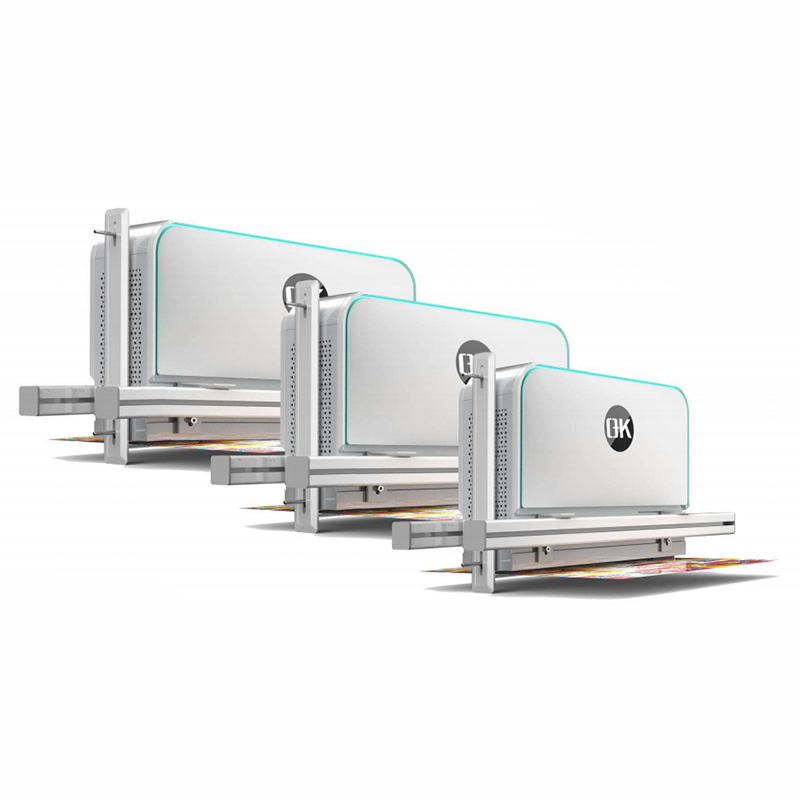
In summary, printing inspection systems are integral to maintaining the integrity and quality of printed materials across various industries. However, the specific challenges faced by each industry require tailored solutions that leverage advanced technologies like AI, machine learning, and multi-sensor imaging. Through addressing these challenges, industries can ensure that their printed materials meet the highest standards of quality, compliance, and safety.

